Williams Team Principal James Vowles has revealed how the upcoming 2026 Formula 1 technical regulations will transform the art of overtaking.
The sport is bracing itself for arguably its biggest technical overhaul with the latest regulation mandate set to kick in from next season onwards.
The biggest changes on the power unit side of things will see a true hybrid engine delivering electrical output and combustion power in an equal 50-50 split.
Moreover, the chassis and aerodynamics will also be majorly revamped with the addition of ‘active-aero’ and lighter, more nimble cars – with a visually simplified exterior.
Some of the teams on the grid have already allowed their drivers to test out simulation models of the upcoming regulations, with mixed receptions filtering in.
Vowles has delivered a more nuanced appraisal, drawing from the feedback of his drivers, Alex Albon and Carlos Sainz.
“The drivers had to go once and thought this isn’t great, then the second time went that’s interesting, then by the third or fourth time, this is race drivers, they’re actually really into it and there’s a very different way of optimising it as a solution and they can see how the advantage can come in,” he told media including Motorsport Week.
The former Mercedes man was also forthcoming in predicting that the latest technical mandate is going to completely transform how the drivers view their race craft.
“The overtaking will be different but it will happen, it’ll just be in a different way to what you’re used to now,” he added.
“So, from that perspective, I think it will be interesting and I do think it will increase overtaking, just not in the areas you think it will, that’s probably the right way of putting it.”
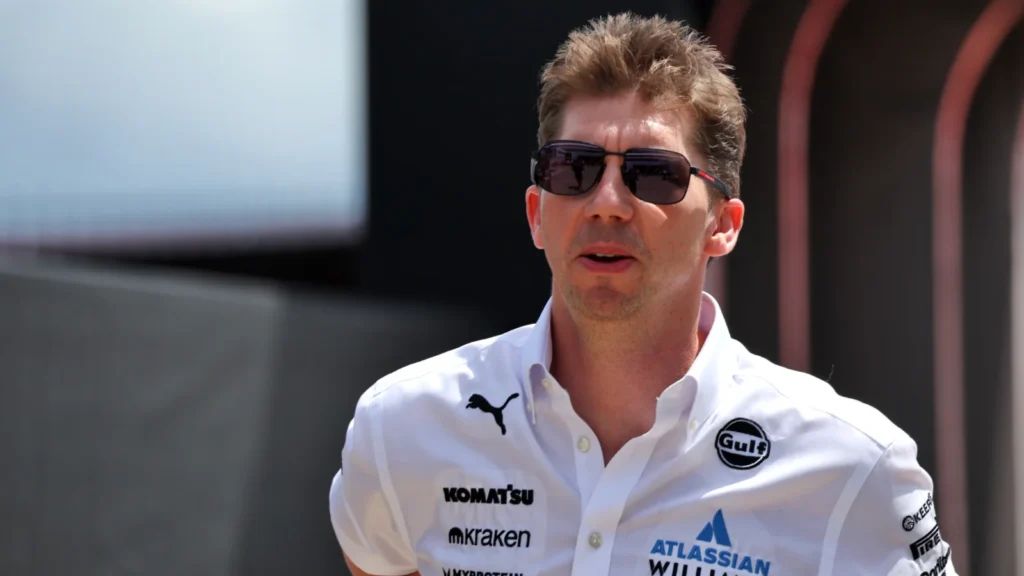
Vowles expects ‘busier cockpits’ in F1 2026
With the conception of active aero, which will essentially play out as a push-to-pass button, and the deletion of DRS, the methodology of overtaking will take a substantial detour from the incumbent regime.
Vowles highlighted how this would also mean that different tracks will have to be dealt with in a completely different manner than how the drivers are used to now. His case in point is Spa, where overtaking now might not always be conceived at the start of the Kemmel Straight.
“The areas that are different are just simply, probably the right way of putting it, is you can almost fill the entire battery in one braking zone, but you can deplete it in one straight. So that creates a very different dynamic to what we have this year,” expanded Vowles.
This would translate into the drivers having more freedom in the cockpit to pull off moves and provide a sort of sandbox for them to display their ingenuity and racecraft.
“The way the rules are at the moment, I think they will be busier in the cockpit,” he said.
“I don’t think that’s a bad thing, I think you’ll get those that come out on top as a result of it, that are the ones completely in control of the car and its behaviours and then thinking outside the box.”
READ MORE – The vital learnings that have helped Red Bull to win again in F1

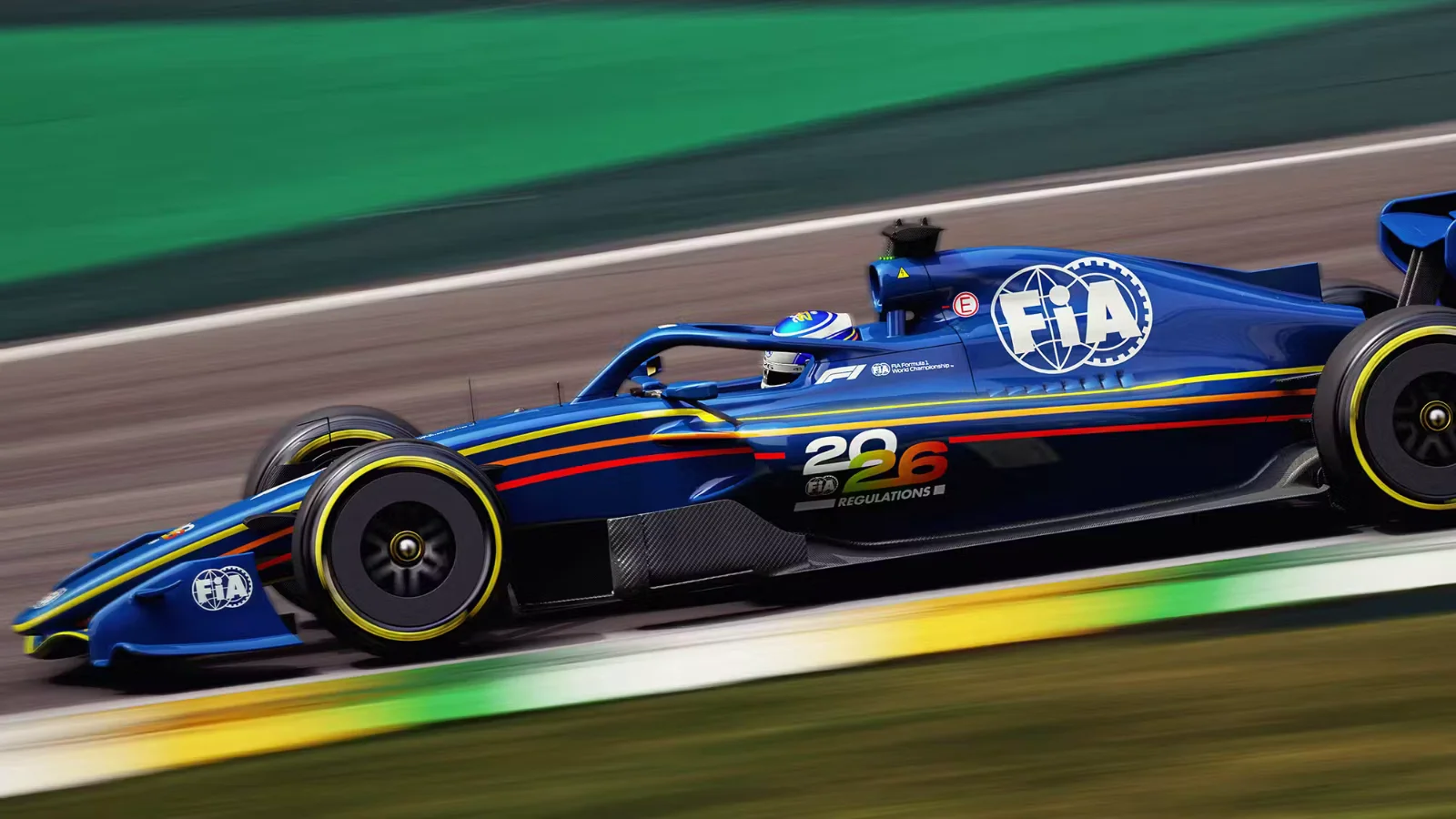


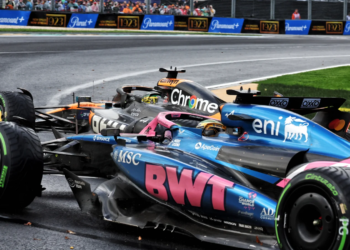
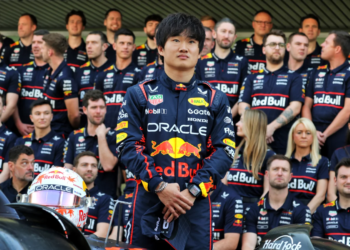

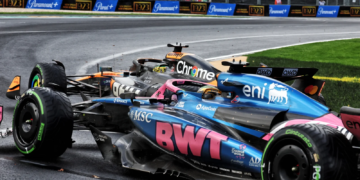


Discussion about this post